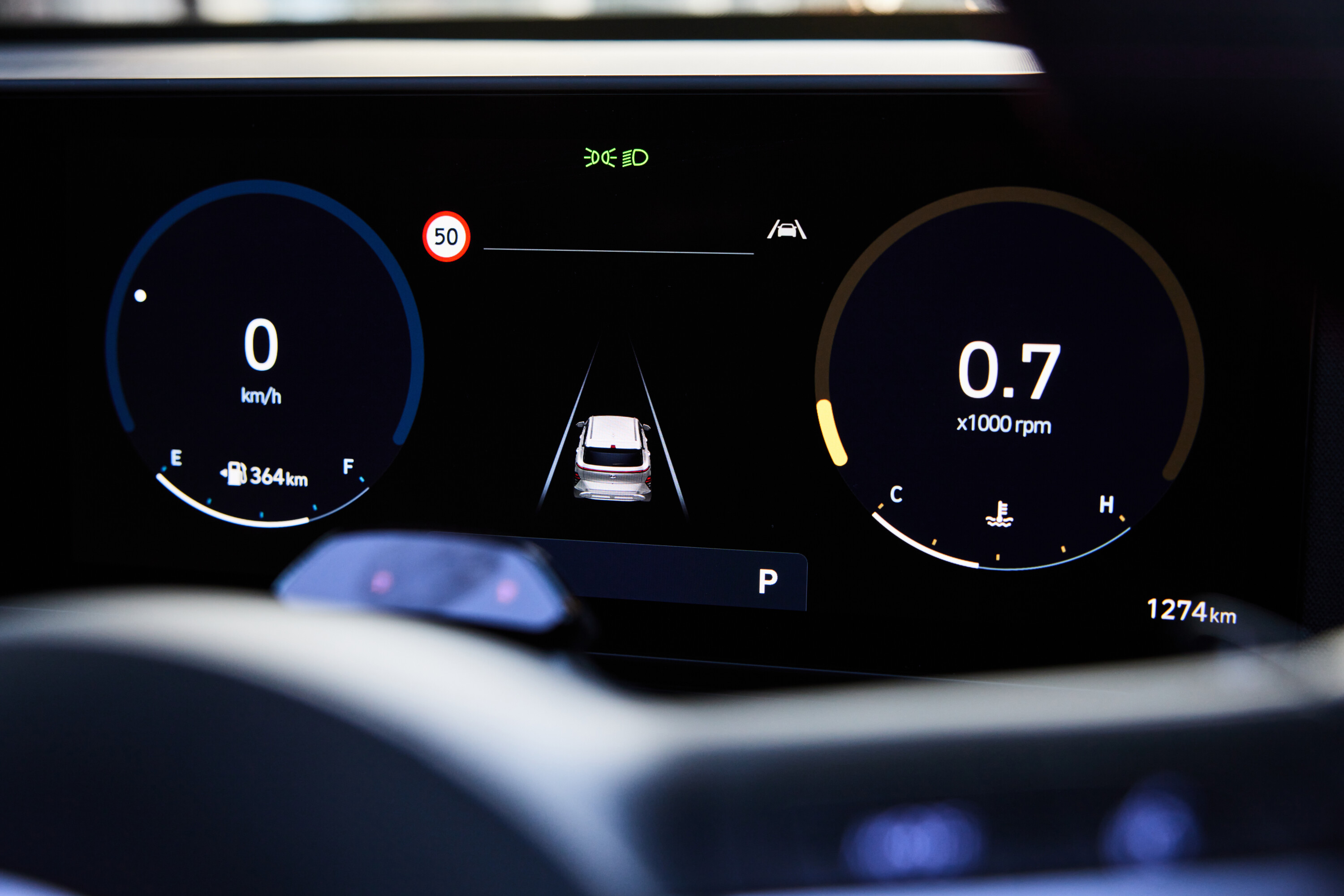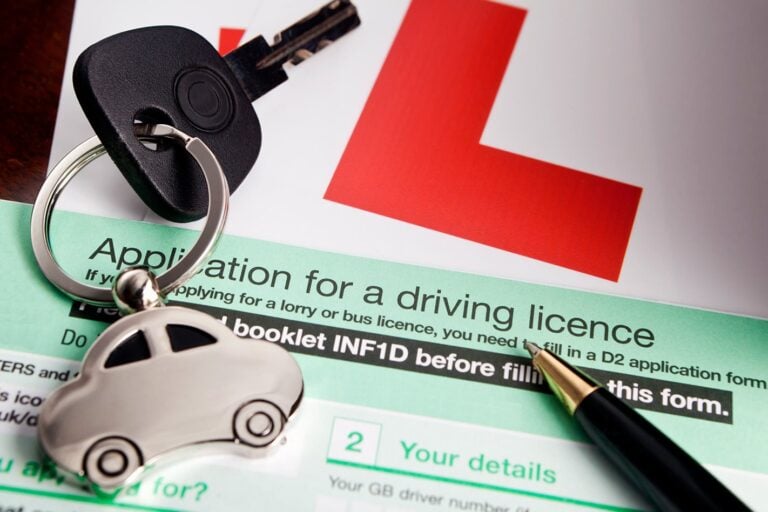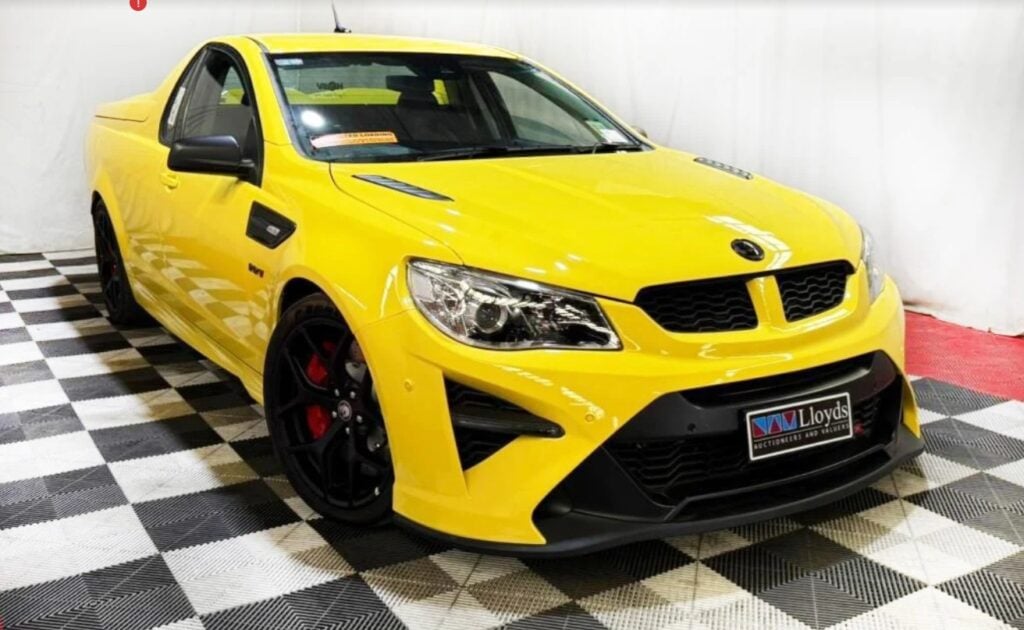
Even with the introduction of vehicle safety technology not even dreamed at the turn of the century, young drivers continue to die on Australian roads at a greater rate than any other age group.
In 2021, people under 26 made up 14 per cent of all drivers on NSW roads yet represented almost a quarter of the state’s 275 road fatalities that year.
While there are many factors at play that contribute towards the sobering stats, a professor at UNSW believes that a return to good old-fashioned verbal and written communication could be a key to improving outcomes for young drivers.

Brett Molesworth (RPsych, PhD) is a Professor in Human Factors and Aviation Safety, and says his research shows that young drivers respond best to verbal feedback after completing a stint of driving either in a simulator or in the real world.
As part of a 13-year study, young drivers were assessed in a series of driving tests and provided with a summary of their driving behaviour in a verbal debriefing session.
Prof Molesworth believes that verbal, personal communication, as opposed to audible warning devices built into most modern cars, is the key.
“There’s adaptive technology in motor vehicles that provides you with an auditory alert when you exceed the speed limit,” Prof Molesworth said.
“But when we tested its effectiveness with young drivers, we were amazed to see it had the opposite effect with young drivers; ironically, they exceeded the speed limit even more.
“And when we asked them, ‘why didn’t you adhere to the speed limit when you heard that auditory warning?’, they basically told us they didn’t like ‘Big Brother’ observing them and telling them how to drive and what to do.”

Prof Molesworth’s team switched to post-test briefings with their young charges to explain how much they exceeded the limit by, and the implications of that action in both risk and monetary form.
When the young drivers received this debriefing via written feedback or an electronic device, they were less likely to adapt to the new learnings and curb their tendency to speed, according to Prof Molesworth.
Instead, the youngsters responded best to a good old one-on-one chat with their instructor.
“That information provided verbally seems to be the most effective way to reduce young drivers’ tendency to speed,” he said. “So they exceed the speed limit far less, and that lasts for up to six months, according to the latest research.”
One way that the research findings could have a real-world effect, according to the professor, is by including a verbal component as part of a young driver’s training while on their L plates.
“Every learner has a logbook where they record the hours they’ve driven, the conditions, the distance and whether it’s day or night driving,” he said.
“We would like a little section where they get feedback from their supervising driver – usually a parent or caregiver – that they then reflect on.
“In other words, self-evaluate their performance based on that feedback.”
Professor Molesworth will continue to study the notion of one-on-one feedback, as well as the ability of eye-tracking technology to observe where young drivers are looking while they’re driving.
One of his studies shows that young drivers infrequently looked at the speedometer while driving.
“We want to make sure that the focus on the speedometer is not detrimental to something outside the vehicle,” he said. “And we’d like to be able to come up with training that builds upon our verbal feedback about speeding that also takes into account hazard management.”
We recommend
-
 Advice
AdviceAustralian Road Rules: L- and P-plate restrictions by state and territory
How learner and provisional drivers are restricted on the road in each state and territory in Australia
-
 News
NewsInterview: Volvo safety boss Thomas Broberg
Volvo’s acting head of the Safety Centre, Thomas Broberg, says a human-centred approach to safety is critical and unique to Volvo
-
 Opinion
OpinionAustralia's driver training and licensing is lacking
When it comes to the quality of Australia's drivers, and the rules for obtaining a licence to drive... Things aren't really getting any better, are they?



